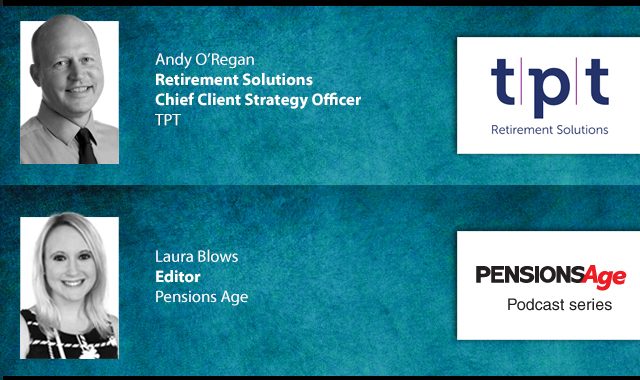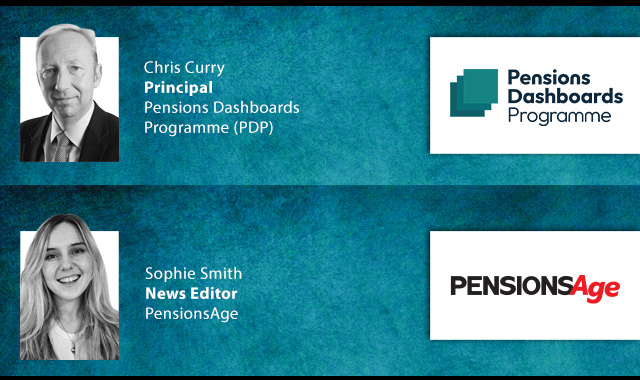The government has confirmed that the minimum earnings level for automatic enrolment (AE) into a workplace pension scheme will remain at £10,000 for 2022/23, while the lower earnings limit has been frozen for the first time.
The decision represents a real term decrease in the value of the trigger, and is expected to bring an additional 17,000 savers into AE pension schemes as average earnings rise.
The government stated that the decision reflects the “key balance that needs to be struck between affordability for employers and individuals and the policy objective of giving those who are most able to save the opportunity to accrue a meaningful level of savings with which to use for their retirement”.
It also suggested that the changes reflect the need for stability amid the challenging economic circumstances arising from Covid-19, and provides “consistency of messaging for both employers and jobholders”.
In addition to this, the government confirmed that the qualifying earnings band minimum AE contributions are based on has been frozen for the first time for 2022/23, meaning that earnings between £6,240 and £50,270 will qualify.
Whilst the lower earning limit has typically been aligned with the National Insurance Contribution thresholds, the review suggested that freezing the band would help ensure that everyone who is enrolled continues to pay contributions on a meaningful proportion of their income.
The decision aims to align with the government’s ambition to improve financial resilience for retirement, in particular among low and moderate earners, as freezing the lower limit helps ensure pensions savings would be broadly maintained, and slightly increased, compared to last year.
Indeed, Aegon head of pensions, Kate Smith, suggested that, given the widespread cost of living concerns, the freezing of the auto-enrolment thresholds provides the right balance between affordability and enabling more employees to benefit from employer contributions, as well as marginally increasing personal pension contributions.
“Wage increases should mean that employees will see little difference in take-home pay as a result of the slightly higher personal contributions,” she explained.
“The hope is that by keeping the earnings trigger at £10,000 the government will have breathing space to work on future improvements to auto-enrolment, including the introduction of the 2017 review of auto-enrolment recommendation. “
AJ Bell head of retirement policy, Tom Selby, however, noted that whilst the decision was good news for many, anyone with earnings above £10,000 but below £12,570 – the point at which basic-rate tax at 20 per cent kicks in – who is auto-enrolled into a ‘net pay’ scheme, risks missing out on valuable pension tax relief.
“A solution to this so-called ‘net pay problem’ has been devised but is not expected to be in place for a number of years. In the meantime, over one million people a year risk missing out on the tax relief they are due,” he continued.
“The band of earnings used for minimum contributions has also been frozen for 2022/23, meaning only earnings between £6,240 and £50,270 will qualify for a matched employer contribution.”
Selby also argued that further reforms are needed, highlighting proposals to remove the earnings band as “proportionate and sensible” and stating that the “current administration should clearly set out when this will happen so businesses have time to plan”.
“If minimum contributions are to be increased beyond 8 per cent - say to 12 per cent or higher – policymakers could consider creating a ‘safety valve’ so workers who feel they can’t afford higher contributions can opt-down to 8 per cent, rather than opting out altogether,” he said.
“Employers could also be encouraged to raise contributions as workers get older or salaries increase.”
This was echoed by Canada Life technical director, Andrew Tully, who warned that freezing the AE threshold “fails to address the major issue which is the many people – mostly women – who earn below £10,000, or have multiple jobs each of which are below £10,000, who aren’t auto-enrolled”.
“We know automatically enrolling people in a pension has been a huge success, now we need to extend that coverage to more people who are currently missing the opportunity to benefit from their employer’s pension contributions,” he argued.
However, whilst today's government review acknowledged that the ambition to remove the lower earnings limit in the mid-2020s was outlined in the 2017 Automatic Enrolment review, it argued that the 2017 review was "clear" that implementation would be subject to learning from workplace pension contribution increases in 2018/2019.
It stated: “As with other areas of public policy, we will pay close attention to the impact and costs of making changes and consider the optimal approach on implementation.
“This will account for the economic conditions, whilst continuing to support long-term saving, balancing the needs of savers, employers and tax-payers.
“We will work to maintain the consensus that has underpinned AE’s success, including giving employers and savers time to plan for future changes. In that way, we can help to minimise any risk of deterring individuals from continuing to save or undermining employer engagement.
"This longer term policy direction does not preempt any future annual thresholds review, pending the introduction of legislation which would need to be enacted to remove the lower earnings limit of the qualifying earnings band."
Latest News
-
Over-taxation concerns persist as repayments exceed £1.4bn
-
PA Spring Conference: BBB to establish investment vehicle to attract pension fund investment in venture capital
-
Employers urged to step up on social mobility amid 'diversity-washing' concerns
-
News in brief - 25 April 2025
-
This week in pensions: 21-25 April 2025
-
Govt confirms plans to include small pots solution in Pension Schemes Bill
Being retirement ready
Gavin Lewis, Head of UK and Ireland Institutional at BlackRock, talks to Francesca Fabrizi about the BlackRock 2024 UK Read on Retirement report, 'Ready or not. How are we feeling about retirement?’
Time for CDI
Laura Blows speaks to AXA Investment Managers (AXA IM) senior portfolio manager for fixed income, Rob Price, about cashflow-driven investing (CDI) in Pensions Age’s latest video interview
The role of CDC

In the latest Pensions Age podcast, Laura Blows speaks to TPT Retirement Solutions Chief Client Strategy Officer, Andy O’Regan, about the role of collective DC (CDC) within the UK pensions space
Keeping on track

In the latest Pensions Age podcast, Sophie Smith talks to Pensions Dashboards Programme (PDP) principal, Chris Curry, about the latest pensions dashboards developments, and the work still needed to stay on track
© 2019 Perspective Publishing Privacy & Cookies














Recent Stories